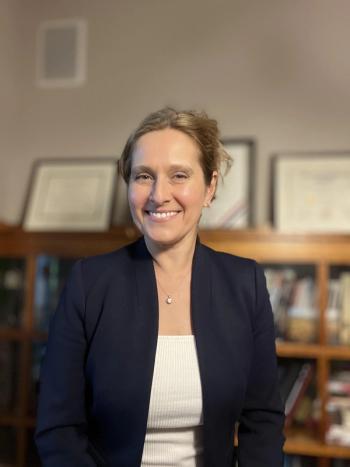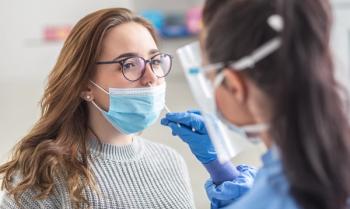
More primary care leads to less emergency department use
Patients with greater health risks had more screenings and more savings, without extending full health insurance in New York City.
Health care and screenings by primary care physicians helped people avoid trips to the emergency department (ED), according to a new study.
Researchers examined a New York City health program for undocumented immigrants with limited incomes. Participants who had help scheduling exams with primary care physicians had a 21% drop in ED use.
The effect was even greater – a 42% decrease – for those with more health risks, and the entire group were “far more likely to have screenings for high blood pressure and diabetes, tests that play a significant role in helping to reduce cardiovascular illness,” according to a
“This program is fairly low-touch and minimalist, yet it had a meaningful effect,” coauthor Jonathan Gruber, PhD, said in the news release. Gruber is Ford Professor of Economics and head of the Department of Economics at MIT.
“It had the biggest impact on those who were the most ill,” Gruber said. “Lowering the barriers to care for these in-need individuals really pays off in terms of keeping them out of the emergency room.”
Researchers hoped to discover if nudging people to see a doctor would make a difference. They recruited participants through community groups, mailings, social media, and television and print advertising to New York City’s estimated population of 1.1 million undocumented immigrants.
In the study, 1,286 participants received assistance setting up appointments for primary care, and 57% of them saw a physician within three months. Meanwhile, 1,142 patients did not receive the same guidance and just 16% of them saw a primary care physician in that time.
“Those in the treatment group saw a savings of just over $195 in emergency-visit costs (when not admitted), which rose to over $477 for the higher-risk patients,” the news release said. “Federal law requires emergency departments to not turn away patients.”
The primary care group had a 33.8 percentage point increase in diabetes screenings and a 45.4 percentage point increase in blood pressure screenings, according to hospital data and surveys used to measure the outcomes. Other research shows those lead to a 12% reduction in mortality, according to the authors.
The city did not offer health insurance to the participants – a policy that Gruber and the coauthors said “remains politically untenable” for now.
“There’s this tendency with health care to think that if you give people health insurance, you’re done,” Gruber said. “This study is saying the right system combines insurance as financial protection with other kinds of [tools].
“There is just huge potential to use data and science to get people to where they need to be in terms of getting the most efficient care,” he said.
The program took place from May 2016 to June 2017. New York City has an extensive public health network, so the researchers noted the same type of program may not be possible in other places, the news release said.
The study, “
Newsletter
Stay informed and empowered with Medical Economics enewsletter, delivering expert insights, financial strategies, practice management tips and technology trends — tailored for today’s physicians.















